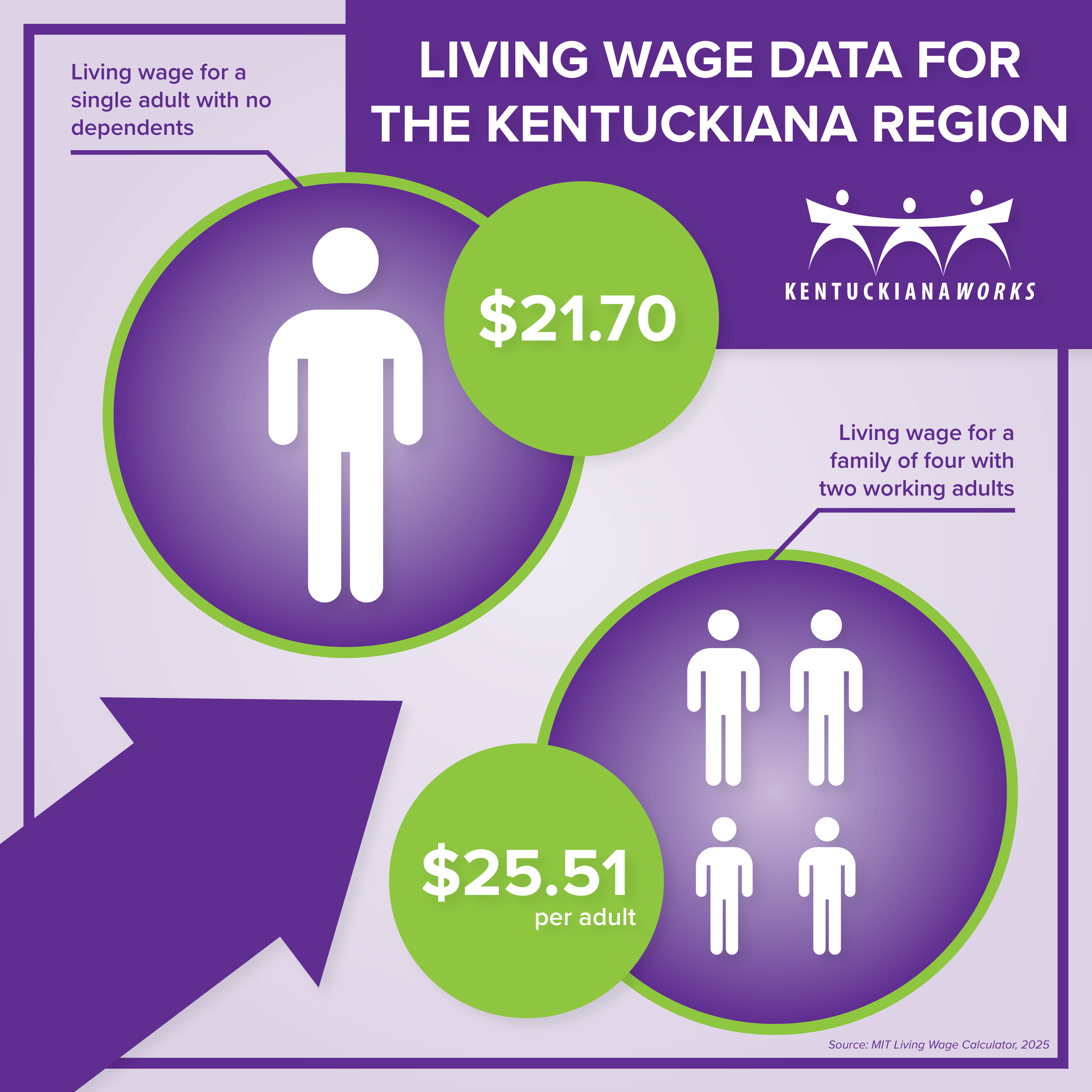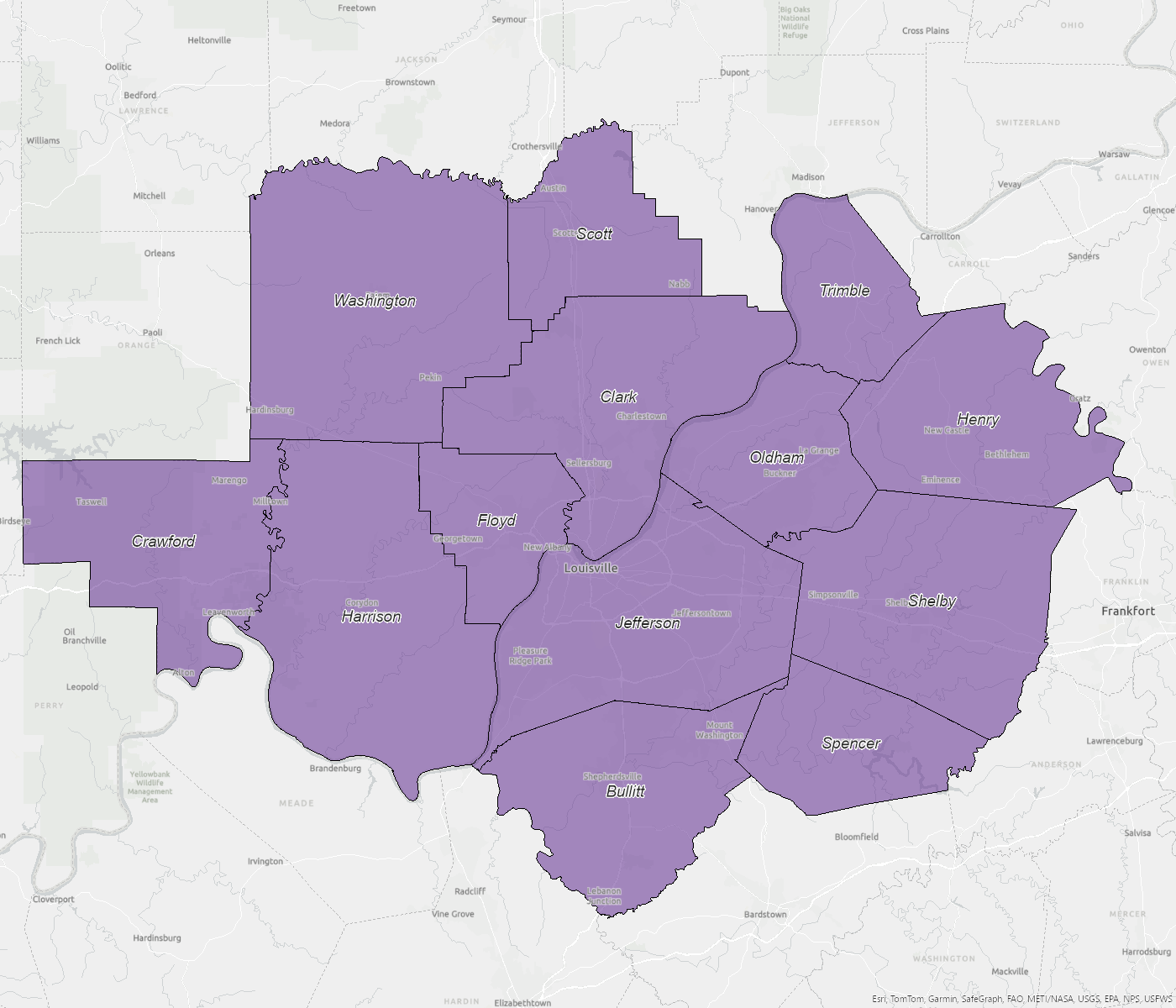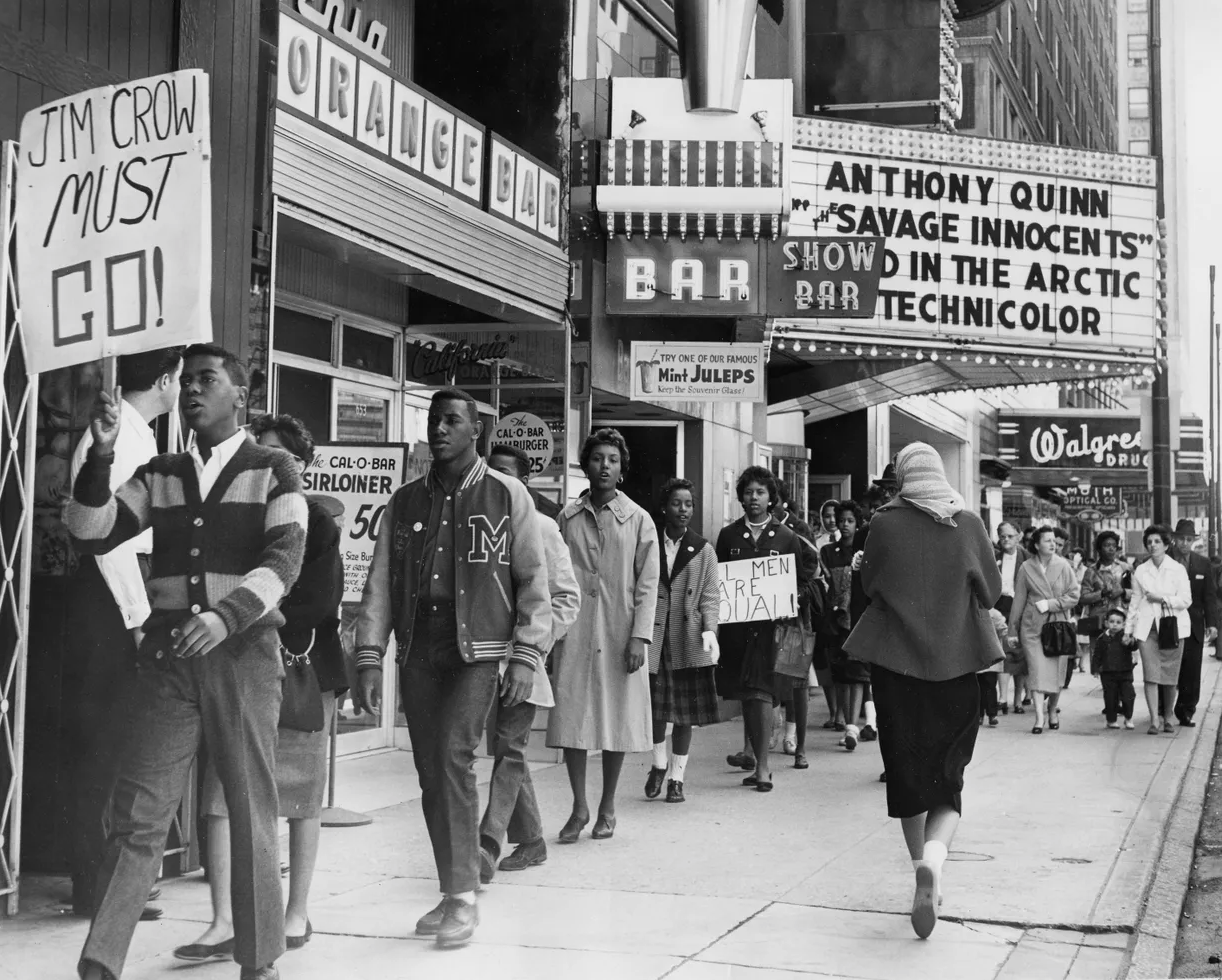Labor Market Intelligence
All Research
During this year’s Hispanic Heritage Month, let’s celebrate the people of Hispanic and Latino heritage who live in the Kentuckiana region. Understanding their contributions to our workforce, culture, and community reveals why this population is essential to Kentuckiana's present and future.
What happens to nearly 10,000 young people after they walk across the graduation stage can shape an entire region's economic future. As the class of 2023 from the KentuckianaWorks region completes their first year in the workforce, the data reveals both promising trends and concerning gaps that demand attention from educators, employers, and policymakers alike.
The Kentuckiana region's job market is evolving rapidly, shaped by technological advances, demographic shifts, and changing economic priorities. For job seekers, students, and workforce development programs, understanding where opportunities are growing is crucial for making informed career decisions.
This annual Occupational Outlook analyzes Lightcast’s employment projections for the Kentuckiana region, examining which roles are expected to be in-demand over the next decade.
Generative AI is reshaping the labor market, especially in professional roles involving tasks like writing, coding, and analysis. While regions like Louisville may see slower adoption than major tech hubs, preparing the workforce for AI’s growing influence is critical. The future impact of AI will depend on how employers, educators, and policymakers choose to apply and support the technology.
Using data from recent Census surveys, this map series provides geographic detail on the region’s adults who would likely benefit from career services, including the unemployed, the working poor, and those with limited levels of education.
The regional economy showed signs of softening in 2024. Higher interest rates set by the Federal Reserve achieved their intended purpose of slowing the economy to reduce inflation. The economy entered the current turbulent policy environment from an already weakened position. It has been especially difficult for people entering the labor market, particularly among young workers. Let’s review how the regional economy performed in 2024.
Many workers in low-wage jobs do not earn enough to meet their basic needs in the community in which they live. Researchers at MIT developed the Living Wage Calculator using current data and covering modern-day expenses, to provide communities with an understanding of how much it costs a full-time worker to meet their basic needs. The living wage is the minimum threshold needed to maintain economic self-sufficiency without the use of public assistance programs and without facing severe housing or food insecurity.
The KentuckianaWorks’ Labor Market Intelligence office focuses its coverage area on the Kentuckiana region, a 13-county footprint that reflects the service regions of Southern Indiana Works and KentuckianaWorks, and is recognized by the Department of Labor as a regional planning unit. Due to recent changes in metropolitan area definitions, this will now entail a subtle shift away from the Louisville Metropolitan Statistical Area (MSA), a unit defined by the federal Office of Management and Budget.
As we celebrate Black History Month and this year’s theme of African Americans and Labor, it’s important to call attention to the policies that limited Black workers’ access to quality employment in the past, and how the impact of those policies can still be seen in the unequal labor market outcomes across our region today.
The labor force participation rate is an important measure of economic performance. But what is labor force participation? And how does Kentuckiana stack up? Learn about this economic indicator and factors influencing labor market engagement in this new article.
Job centers in the Kentuckiana region have grown and spread out over the last 20 years. Having access to a reliable vehicle is a significant factor in economic success in a region with decentralized employment opportunities. See where jobs are located across the region and how that's changed over the last two decades in this latest post.
Last year, nearly 17,500 youth and young adults in the Kentuckiana region were not enrolled in school and not working. Disconnection from earning and learning opportunities during these pivotal young adult years is costly for young people, taxpayers, and economic growth. The Spot: Young Adult Opportunity Center works directly with the region’s opportunity youth.
High school seniors are less likely to enroll in college than they were a decade ago. While postsecondary education tends to provide the most straightforward path to a good job, the other half of students not pursuing additional education could benefit from additional career services. The focus of this article is on the graduating class of 2022 who did not enroll in postsecondary within a year of graduation. After the Tassel aims to attract high school seniors who do not have immediate plans to attend college, and connect them to a good job upon graduation.
Labor Day is celebrated to recognize the “social and economic achievements of American workers.” So in celebration of the American worker, and those within the Louisville region in particular, this post will cover job quality. As stated in the KentuckianaWorks mission, dignified work is that which satisfies needs, creates value, and inspires hope.
Researchers from the University of Kentucky’s Gatton College of Business and Economics have measured the impact of participation in Code Louisville. The study found that Code Louisville participants experience higher levels of employment and higher earnings three years after enrollment in the program.
Registered nursing (RN) is a quality, in-demand profession. RNs are the fourth largest local occupation, and typically earn about $80k per year. Recent license renewal data from the Kentucky Board of Nursing provides interesting insights into the nursing workforce.
The Brookings Institution recently released the 2024 Metro Monitor, an easy-to-use tool to look at how regional economies have been performing over the last decade in five broad categories.
Overall, the Louisville region’s performance was modest, ranking primarily in the middle of the 54 largest metro areas on measures of growth, prosperity, racial inclusion, and geographic inclusion. The region did score relatively high, 5th among metro areas, on measures of overall inclusion.
Access to talent is an important factor in business location decisions, which in turn affects the region’s economic growth. It is important to understand the educational attainment of the population across the entire region, since workers and employers are located throughout the metropolitan area.
Last year, 17,500 of the Louisville region’s youth and young adults were not enrolled in school and not working. Youth disconnection is both serious and costly for young people and society itself. The Spot: Young Adult Opportunity Center works directly with the region’s opportunity youth.
The manufacturing sector is the second largest sector in the Louisville region’s economy, and holds a special place in the history of the region’s development. Learn more about the current state of the manufacturing industry in this spotlight.
Jobs in information technology are one of the region’s fastest growing jobs, driven by the continued integration of advanced technology and machinery into workflows. Learn more about the information technology jobs in the Kentuckiana region in this spotlight.
The Bureau of Labor Statistics reported in May 2022 the Louisville region’s median hourly wage was $21.33 per hour, or $44,360 per year. More than half of the region’s workforce is earning a living wage for a single adult with no children. But the region’s median wage is still short of the family-supporting wage for a family of four with two working adults.
As local employers continue to search for workers to fill their open positions, some have expanded efforts to reach under-utilized labor. The region’s immigrants and refugees are a critical part of the workforce, but they are more likely to be underemployed than US-born workers. Strategies to address this untapped talent can improve economic outcomes for employers, workers, and the overall region.
The Occupational Outlook for the Kentuckiana Region presents details on local job needs over the next ten years, organized by career cluster. Consideration for future job demand leads to better alignment of students and career changers with high demand, high wage jobs, and creates a larger pool of qualified candidates for employers.
The size of the region’s population and changing demographic patterns are important metrics for the local economy. The overall size of the region’s workforce and its demographic makeup are driven by the patterns across the total population.
As the costs of basic needs have skyrocketed during this period of rapid inflation, it is worth revisiting the impact of cliff effects on workers in low-wage jobs. The Kentucky Center for Statistics has revamped its Family Resource Simulator, making it easier to use and ensuring it will stay updated and relevant in a changing economy.
Setting goals for quality and equity are important, but benchmarking and measuring progress is just as crucial. The data will tell the story over time.
Given the current demand for workers, it is worth highlighting the importance of immigrants to the labor supply within the Louisville region.
The latest occupation data from the Bureau of Labor Statistics shows that some of the region’s most common occupations do not provide a living wage. Compared to other metro areas, Louisville has lower overall wages, even after adjusting for the cost of living.






























